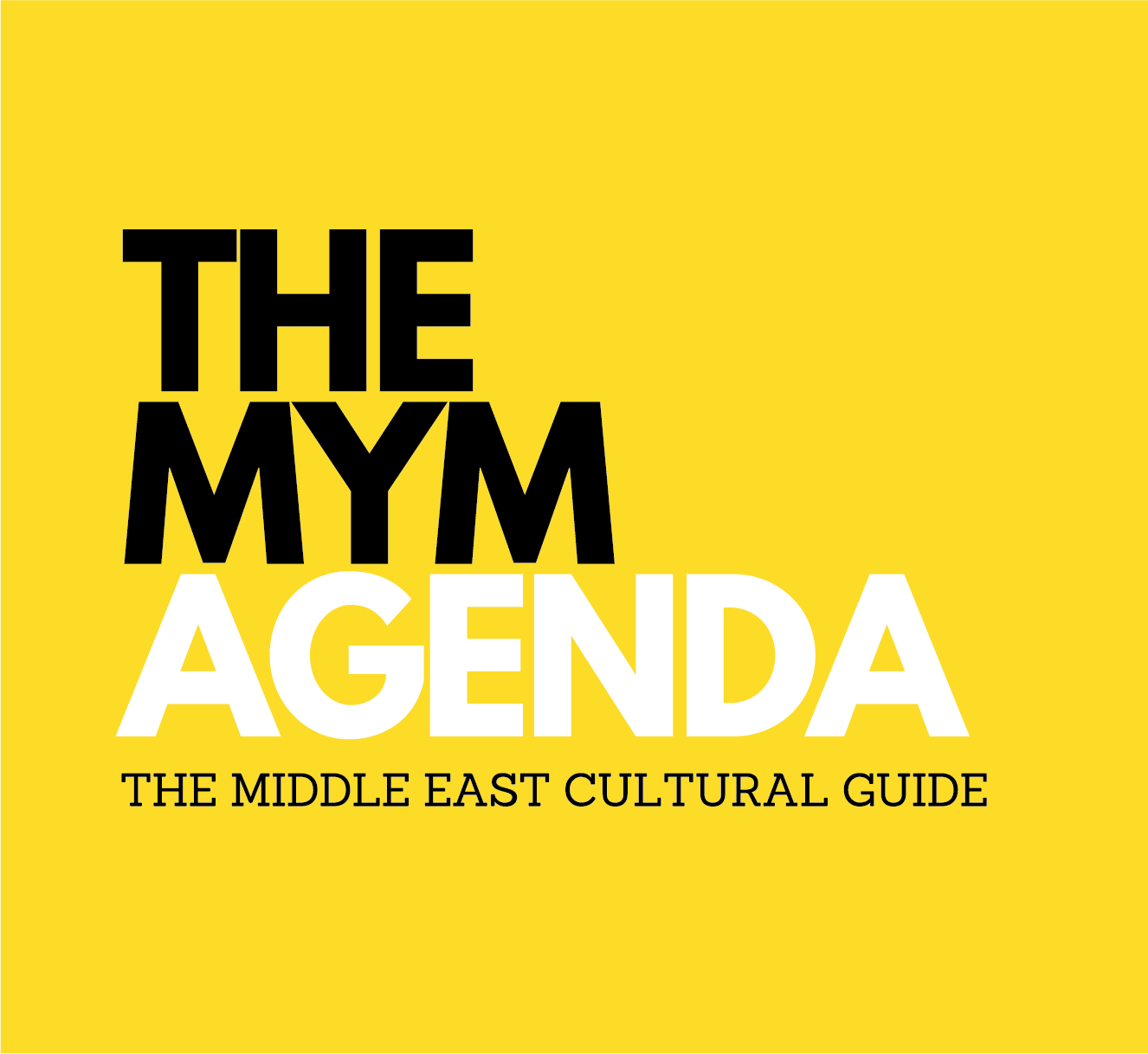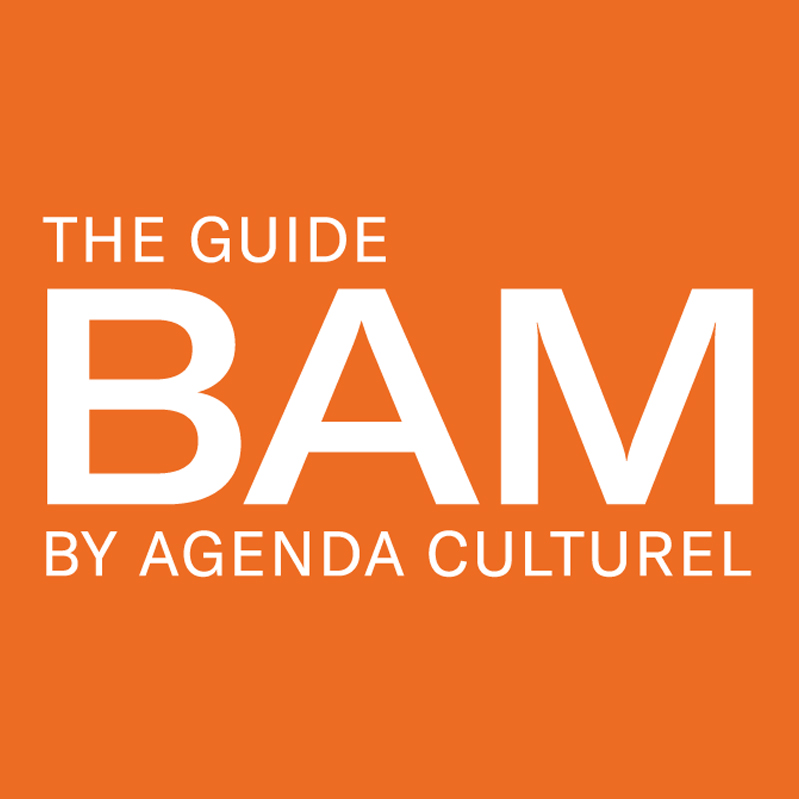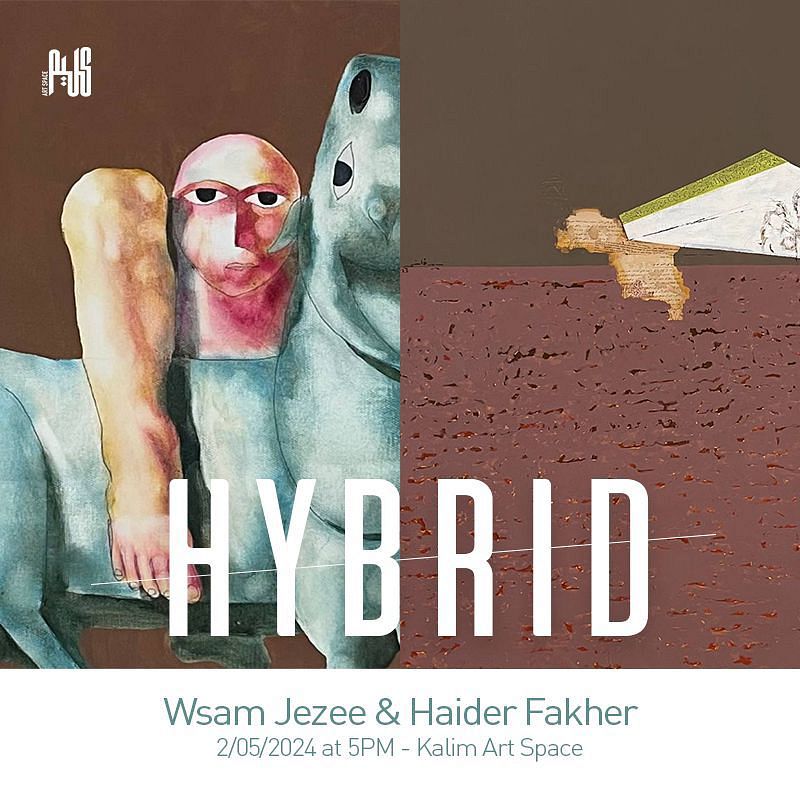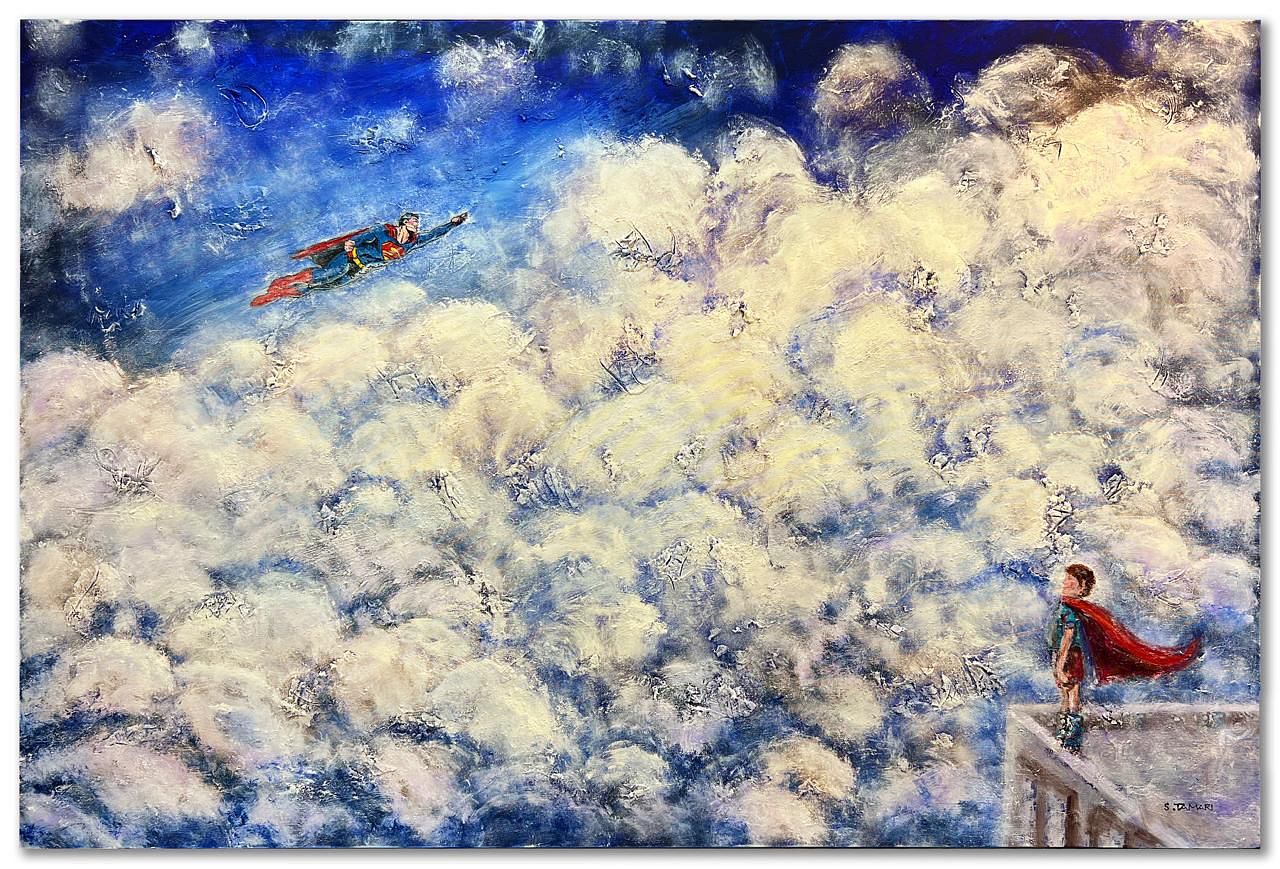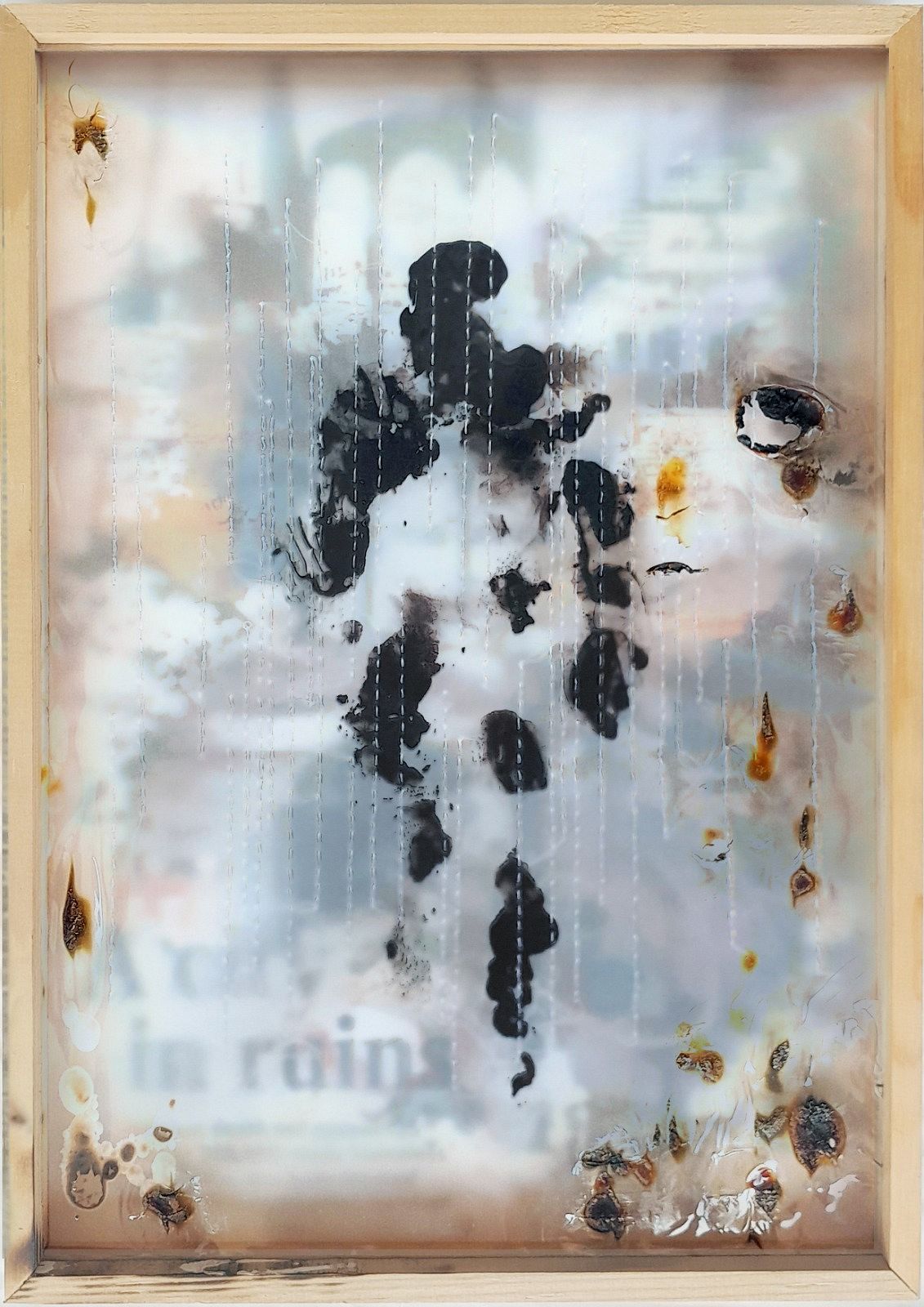The Road to Reframe, Dia Mrad
ArtDu 16/06/2021 à 17:00 jusqu'au 06/07/2021 à 17:00
Dia Mrad’s first solo exhibition, an immersive display inside Arthaus, Gemmayzeh.
Opening June 16th 5:00PM.
On view June 18th to June 30st, 1:00-10:00PM / Free and open to public.
30% of proceeds will be donated to families of victims from the Port, and to the reconstruction of Beirut.
Where do you go when every place you know is destroyed?
What do you do when the world around you becomes unrecognizable in a matter of seconds?
Which road do you take and what is the destination?
“It is hard to put everything I saw into words. Hence, the photos.”
The Morning After
On the 5th of August 2020, The Morning After the cataclysmic double explosions of Beirut, a terrible calamity was gradually becoming apparent.
As the dust settled and the smoke cleared, a revelatory journey that morning, a pilgrimage through the pulverized palaces of Sursock Street- the pinnacle of Lebanese architecture- confirmed an unfathomable truth: Beirut was destroyed.
A coping mechanism.
“I could not believe what my eyes were witnessing. The blast had torn the [Sursock] palace apart, but only to expose its soul, its essence, its inner being and raw prevailing beauty.”
The journey of August 05th was a transformative twist of fate for Dia Mrad, whose documentation work and fascination for these houses predated, but also (barely) survived, the Beirut Blast. Having developed an unbreakable bond with the architecture of the city, the blast only aggravated an innate sentiment- the collective fear that the architecture and heritage of Beirut were always in danger.
This journey and the uncovered reality, set the tone for a new chapter in Dia Mrad’s work, one that presents a heavy emotional attachment to the subject -the architecture of Beirut- and an assay to re-establish that severed connection. It was an ensuing coping mechanism, a paradigm of immersive photography, relying on documentation, and trying to understand and visualize a new surreal reality. Though this work isolates the subject from its context, it still mirrors this context within the image, and reflects the surroundings.
Gibran Khalil Gibran
One of the most impactful images from this fateful journey was the appearance of Gibran Khalil Gibran through a collapsed wall in the Quantum House (Villa Mokbel), on Sursock Street. That photo and the soul-bearing look in the eyes of the poet translated into a perpetual theme that took over all the work that followed. The anger in the poet’s eyes pushed the work to showcase the crude painful truth in a reinterpreted frame.
The work plays on the interrelationships of facts and emotions, while presenting an affix between the artist and subject matter, a pragmatic relationship forged over curious observation and a developing attachment and admiration.
The Silos Experience
This inductive interpretation, tainted with the same intensity of emotion, was once again used to create a visual depiction of the grain silos of Beirut, ground zero of the blast. These grain silos, which shielded a large part of the city, have become a “monument” to the dreadful fate of the Achrafieh hill’s total destruction.
In recreating the journeys taken to capture these moments, the scenography aims to give the audience a chance to experience the tragedy, while leaving space for interpretation. The show advances in the same order as the material was taken, starting with the most recent foray(s) into the blast site, “The Silos Experiences”, and moving on to the second section where “The Morning After” series is displayed.
The exhibition, albeit a representation of a unique non-premeditated personal experience, leaves the viewers in control, to form their own narratives, and pose their own questions.
About the artist:
Dia Mrad is a Lebanese Photographer specialized in Architecture and Interiors Photography.
In a combination of academic formation, artistic interpretation, and a continued photographic documentation of the architecture of Beirut and the stories around it, Mrad has been able to capture the essence of the city and its ever-changing interaction and physical metamorphosis, through normal times, a devastatingly destructive explosion and a subsequent reconstruction.
With a solo art exhibition on the same subject- the architecture of Beirut, Mrad is telling the story of the city through a powerful mix of personal artistic photography and an informative inductive story based on exploration, interaction, and an emotional enchantment with the subject, all the while tying it back to its history and role in the city’s urban and cultural fabric.

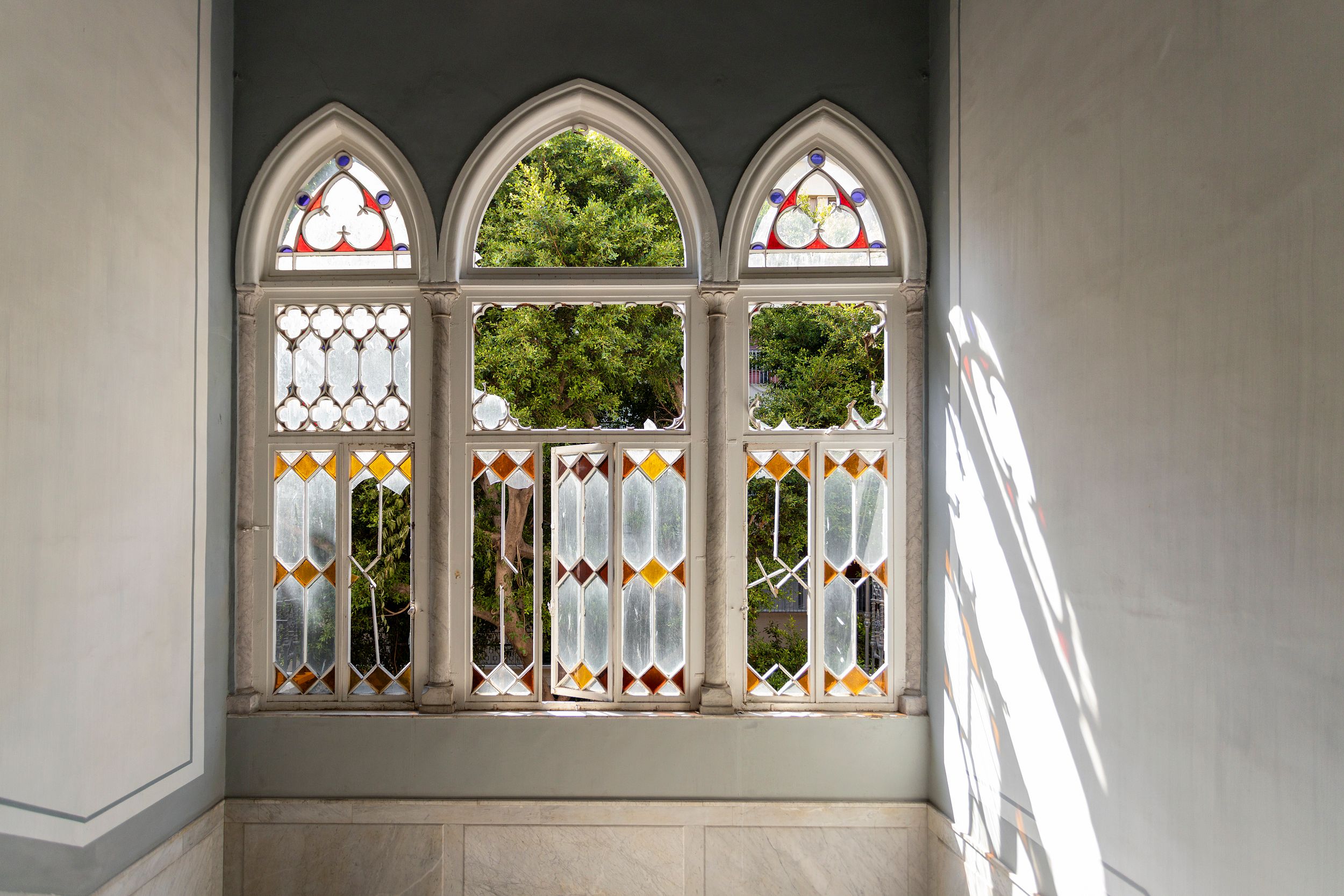
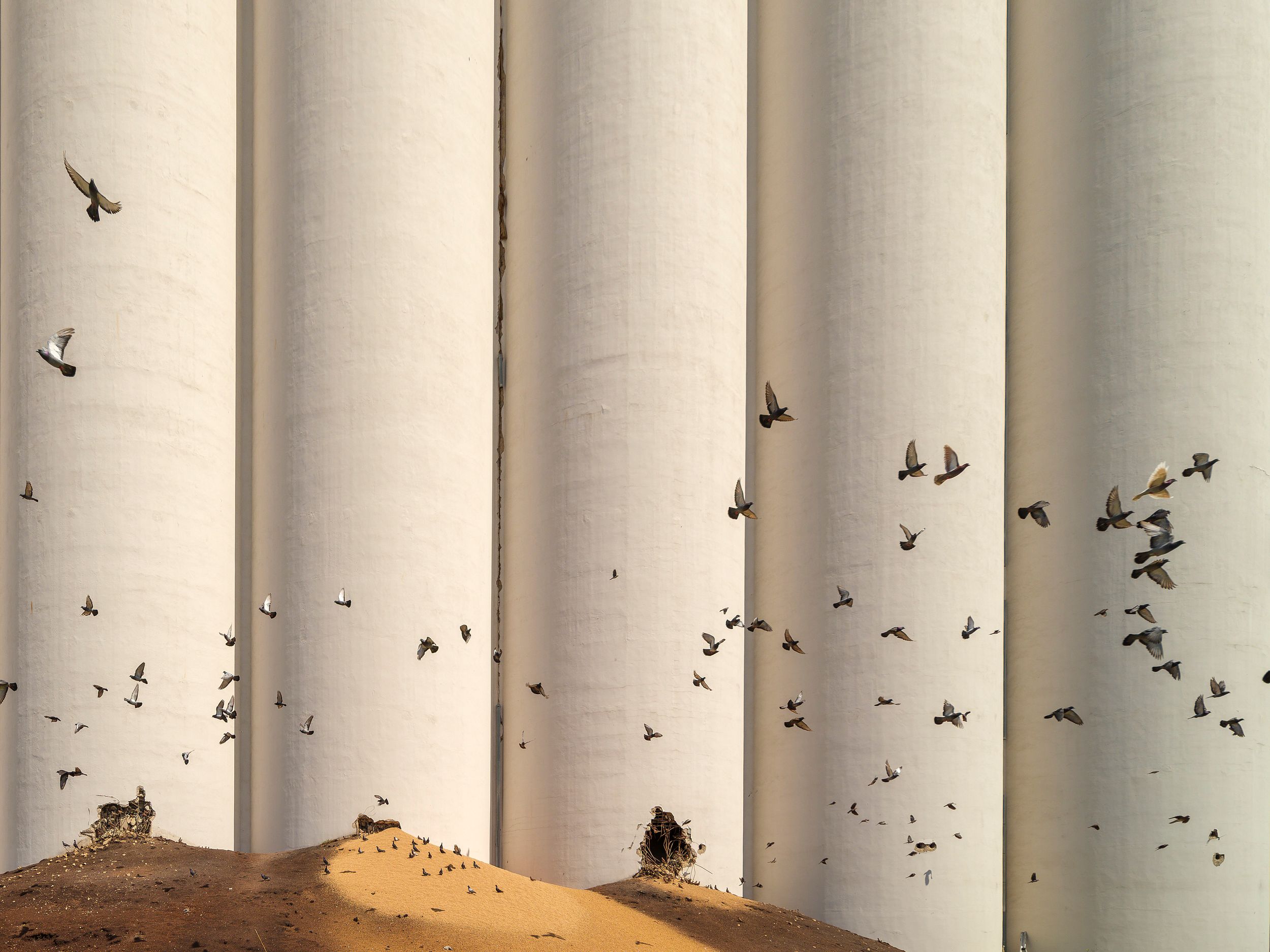
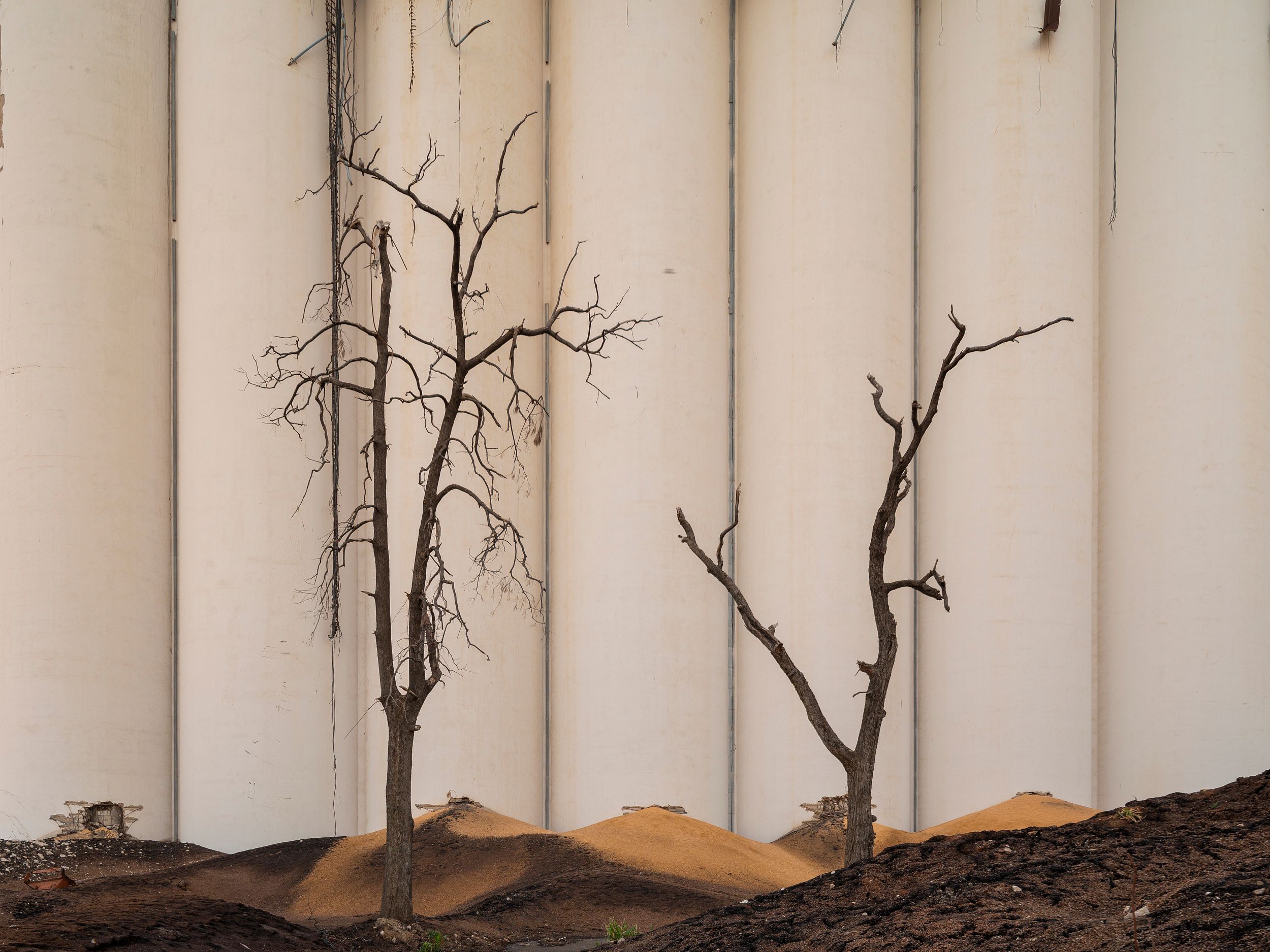
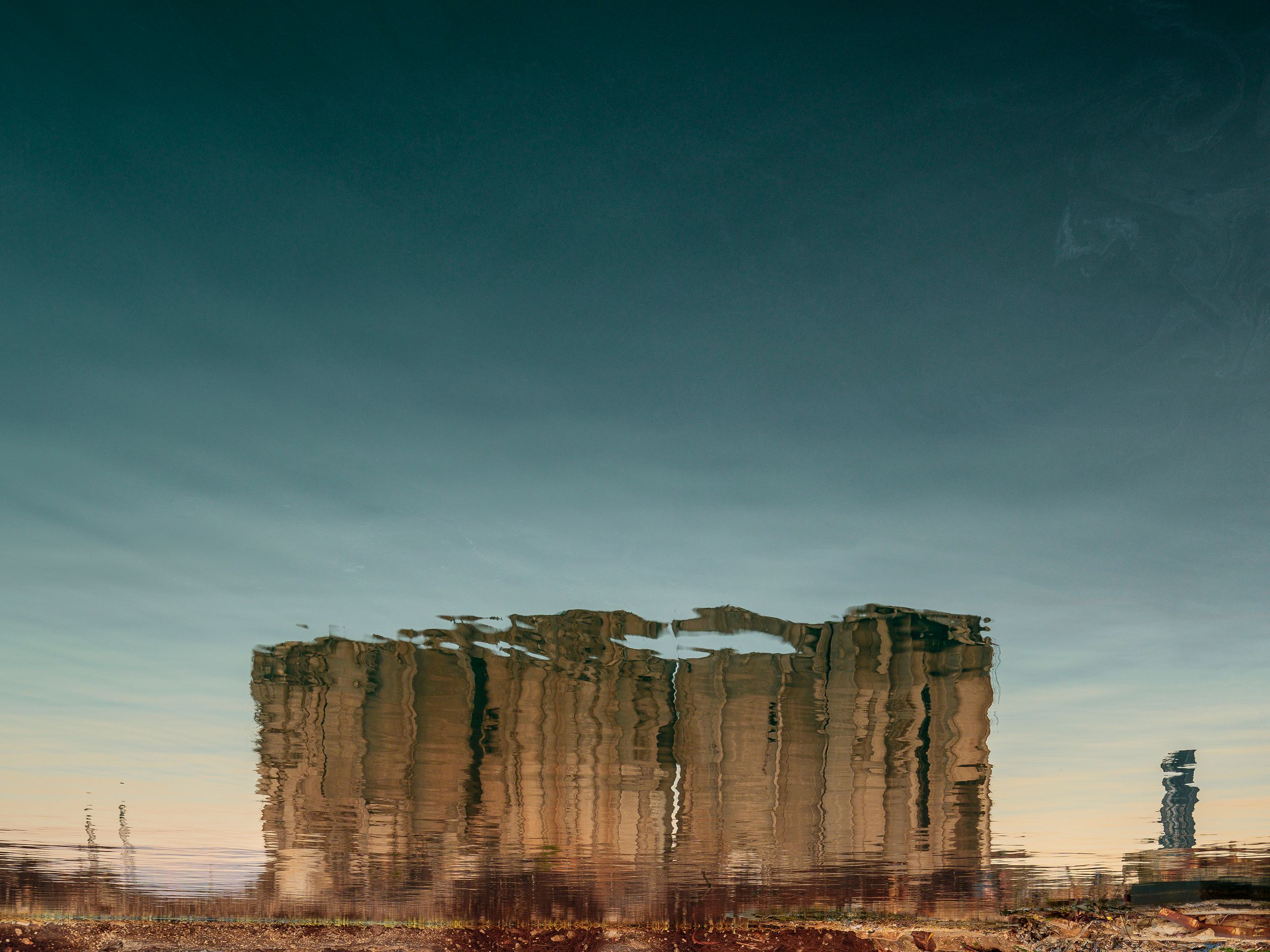
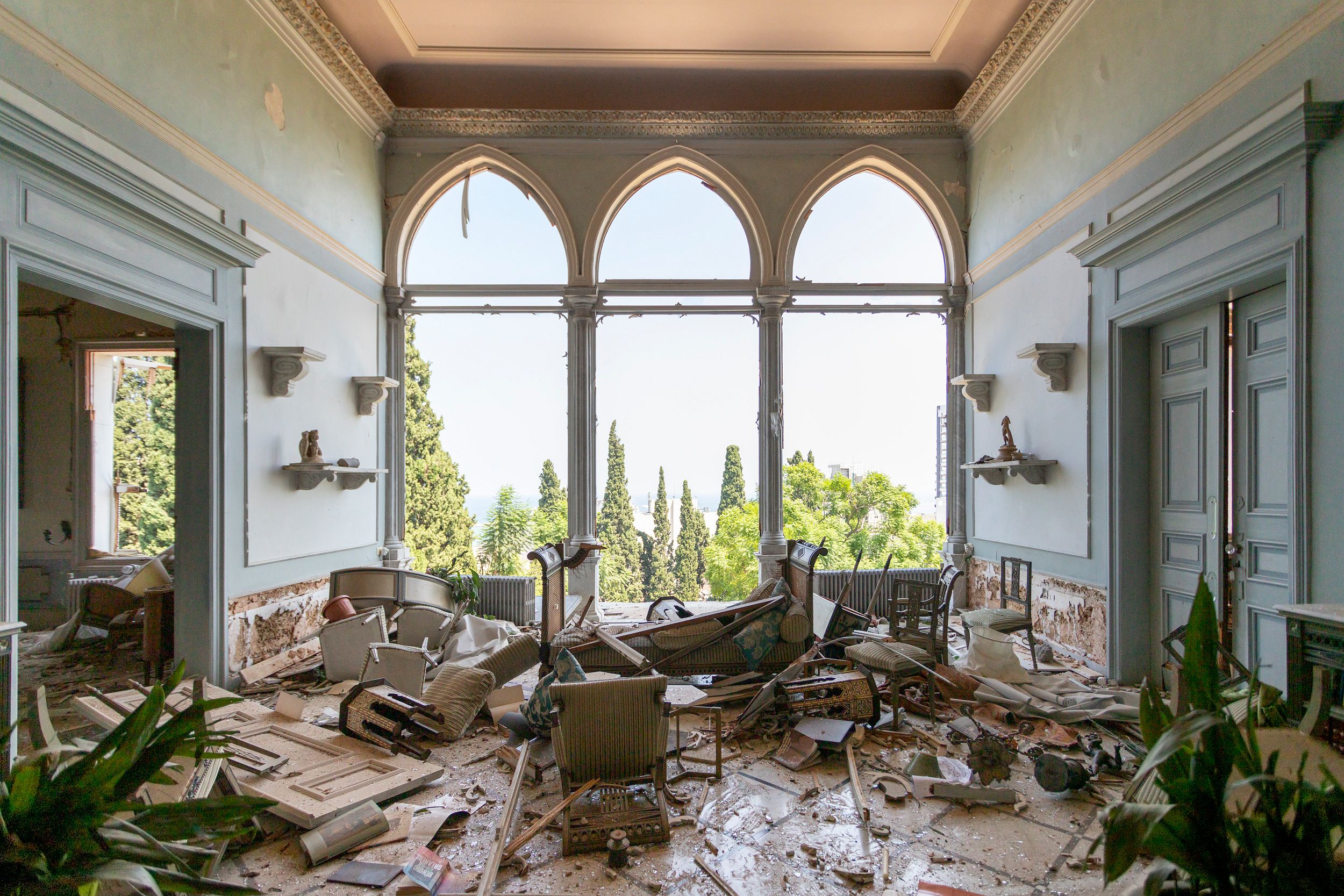
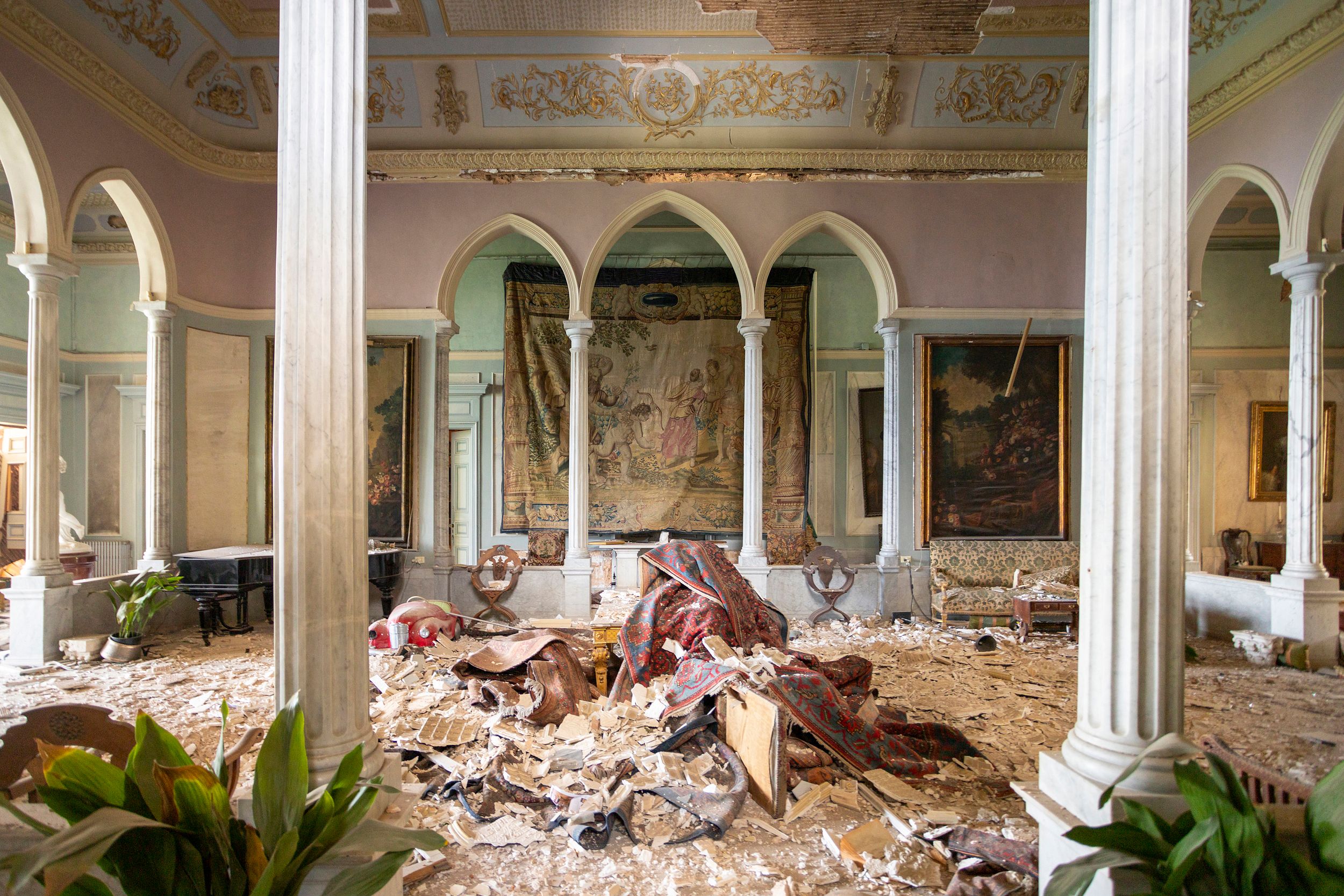
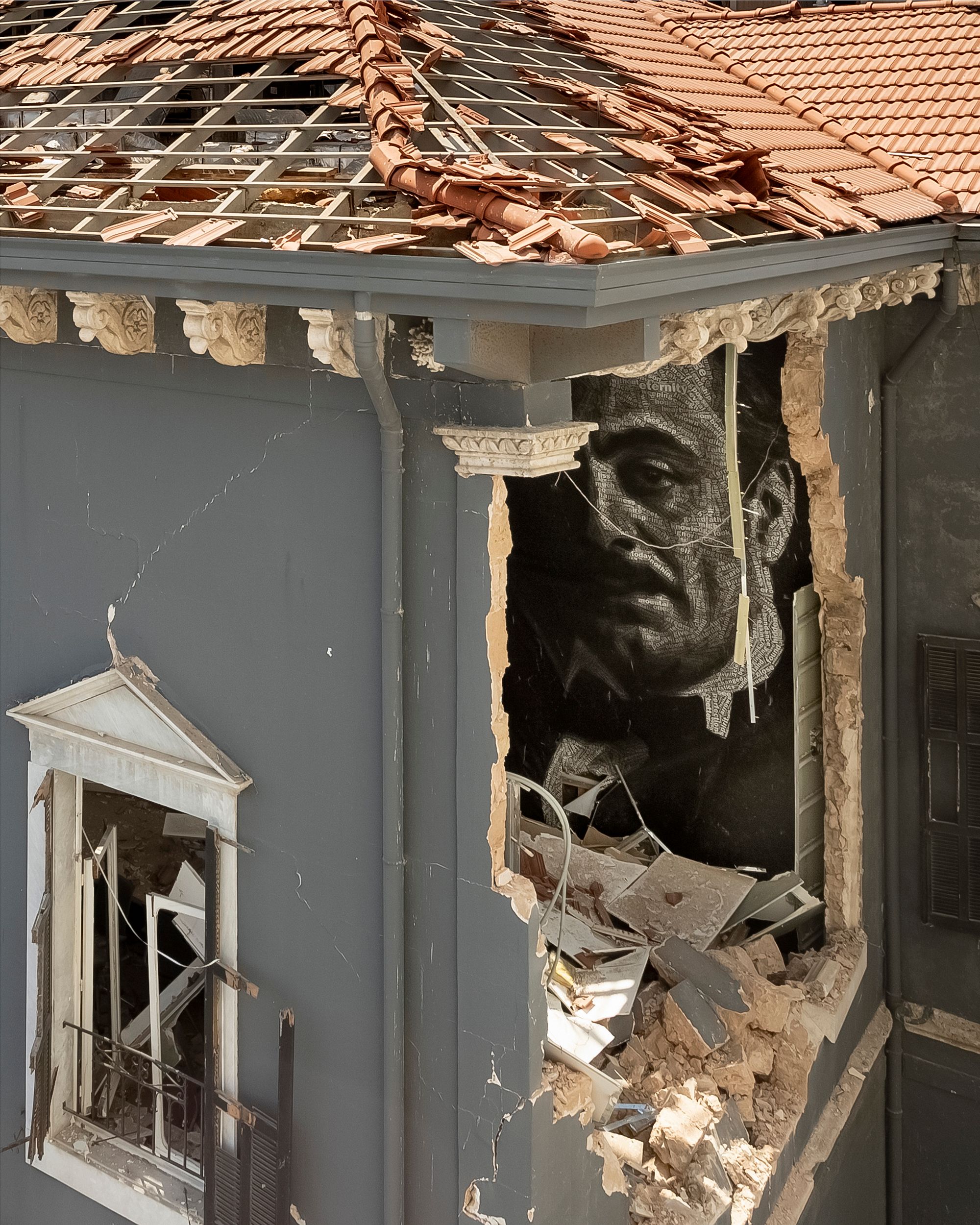

ÉVÉNEMENTS SIMILAIRES
